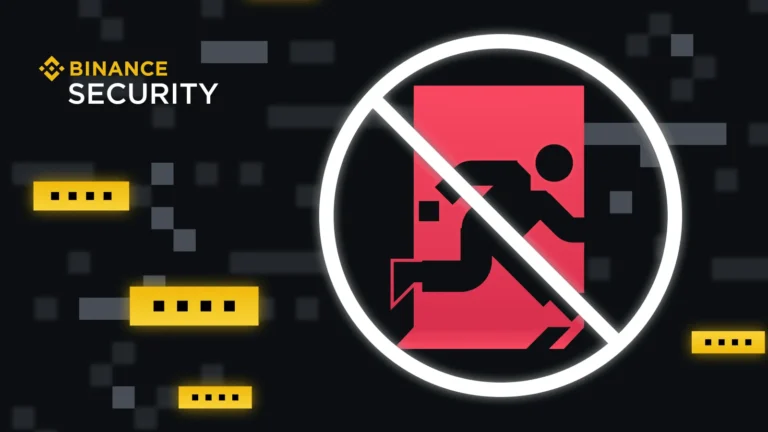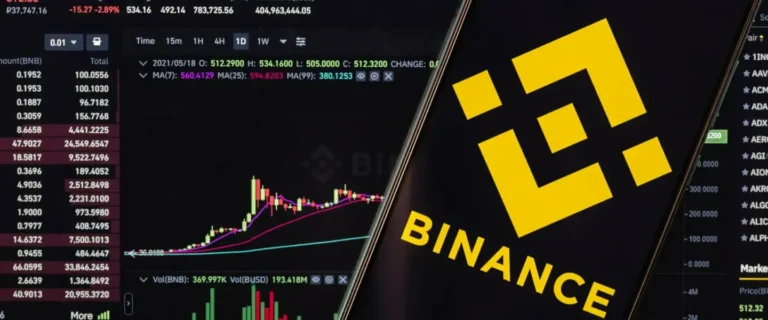Are there Bitcoin Miner Codes?
Are bitcoin miner codes the key to untold riches? Well, you’d have to venture into the mysterious world of cryptocurrency mining and get a better understanding of what those apparently illusive codes are all about by reading on.

Bitcoin mining is the process through which new Bitcoins are minted and added to the Bitcoin network, while transactions occurring in its blockchain are verified.
Some people use this term to describe some sort of secret ‘cheat’ code, which will make mining easier and/or more profitable. Spoiler alert: there are no cheat codes in Bitcoin mining.
It is in knowing what valid mining software achieves that one realizes how Bitcoin comes into being and can be earned.
What Are Bitcoin Miner Codes?
Bitcoin miner codes are the software or algorithms that miners make use of in participating in this process.
In essence, mining applies very significant computational power to solve complex mathematical puzzles. The computers used for this purpose are called miners; they race each other to solve these puzzles with a block reward afterwards.
A miner who can solve the puzzle first gets the right to add the next block of transactions to the blockchain and is rewarded with newly minted Bitcoin.
That is, while a number of people actually believe there is some magical or secret code that gives miners the edge, mining Bitcoins strictly follows set guidelines of the Bitcoin protocol. In other words, there isn’t any hidden code allowing miners to cheat their way into getting ahead and create Bitcoin out of thin air.
How Miner Codes Are Involved with Bitcoin
Bitcoin miner codes play a critical role in minting new Bitcoins and preserving the integrity of the network.
All Bitcoin transactions must be confirmed and added to the blockchain; it is the miner codes that do this. This section describes, in detail, how the Bitcoin miner code interacts with Bitcoin:
1. Transaction Verification
Every time a Bitcoin transaction takes place, the network broadcasts it. Miners then compile such transactions in batches into blocks. Before that block is added to the blockchain, though, it needs confirmation of its validity. Miner codes assist in confirming that all transactions are valid.
2. Computing Mathematical Puzzles
Bitcoin applies the consensus mechanism called ‘Proof of Work,’ which means securing the network. Miners use the miner codes for heavy computations to find the solution to cryptographic puzzles.
The goal here is to compute a hash value that meets the predefined criteria, termed as the target difficulty.
3. Block Reward
Once the miner solves the puzzle, he or she broadcasts his solution on the network, so they verify that a valid solution has been reached and subsequently reward the successful miner in the form of newly created Bitcoin, a block reward and transaction fees related to the transactions within the block.
4. Securing the Blockchain
In a way, since each block adds to the security of the entire Bitcoin network, the code of the miners ensures every transaction is irrevocably recorded on the blockchain.
Lastly, Bitcoin miner code lies at the heart of Bitcoin mining, as it enables miners to confirm transactions on the network while securing it and getting Bitcoin rewards in return.
Benefits of Bitcoin Miner Code

While it has several advantages for miners, there are a few that apply to both the miner and the wider cryptocurrency ecosystem. Some of the key benefits are as follows:
1. Decentralization and Security
Since all miners in the world are free to participate in the verification of transactions, no single organization holds control over the network. It is because of such decentralization that Bitcoin is secure and resistant to any sort of censorship or manipulation by governments or any other organizations.
2. Financial Rewards
It’s noticed that for every successful mining of a block added to the blockchain, a certain block reward comes out in the form of freshly minted Bitcoin. Additionally, a miner collects transaction fees from the transactions in that block. Mining can thus be quite lucrative when the price of Bitcoin goes high.
3. Network Functionality
Without the miners and their codes, the very process of verifying transactions would not be possible, and the blockchain would cease to function. This aspect principles miners to participate in mining as a way of keeping the Bitcoin network running smoothly and securely.
4. Transparency and Immutability
Miner codes present a strong complementary force to that transparency, with every transaction recorded on the blockchain needing to be verified correctly.
This indeed makes Bitcoin one of the most revolutionary forms of digital money in the world today.
The Drawbacks of Bitcoin Miner Codes
Despite the numerous advantages, there are also some disadvantages that come with Bitcoin miner code and, in general, with the mining process. Here are some of the major setbacks:
1. Energy Consumption
Large computational power is needed to solve the cryptographic puzzles of Bitcoin, and this, of course, will only continue to rise with each new block solved.
Miner codes take a direct toll on energy consumption since they generate the complex computations necessary to verify transactions and mine new blocks.
2. Hardware Costs
For miners to efficiently run miner codes, they must use specialized hardware known as ‘ASICs’ Application-Specific Integrated Circuits, designed only for mining Bitcoin.
These machines are really expensive, and the high upfront cost of buying them may be a limiting factor in the number of would-be miners.
But then, they have become outdated as new models boasting higher processing power enter the market; therefore, forcing miners to also upgrade their equipment from time to time.
3. Centralization of Mining Power
While Bitcoin was generally intended to be a decentralized network, there is considerable concern arising regarding the centralization of mining power.
The large-scale mining farms that are typically established where electricity is cheap, with high-access computational equipment, tend to dominate the landscape of Bitcoin mining.
4. Difficulty and Profitability
The difficulty in mining Bitcoin is self-adjusting to maintain the integrity of ensuring that new blocks get mined at an average of once every 10 minutes.
As more miners come into the network, adding computational power to it, so does the adjustment of this difficulty go up.
This reduces the chances of solving the puzzle by any one miner over time and earning a reward. Consequently, mining becomes less and less profitable for smaller miners who don’t have access to large computational powers.
Conclusion
Bitcoin miner codes keeps the network going, allowing miners to provide verification for transactions, securing the blockchain, and keeping competition high in hopes of the block rewards that make mining in this field more lucrative.
Mining does come with its challenges, though: everything from energy consumption to hardware costs to increased difficulty.
While there isn’t some magic “cheat code” that would promise success in Bitcoin mining, such a combination of powerful hardware, efficient miner codes, and access to inexpensive electricity certainly improves the chances a miner will have.
In the end, Bitcoin mining is a complex and rewarding process, mainly for those who invest time, money, and effort into learning about the miner codes and the way the overall system works.







